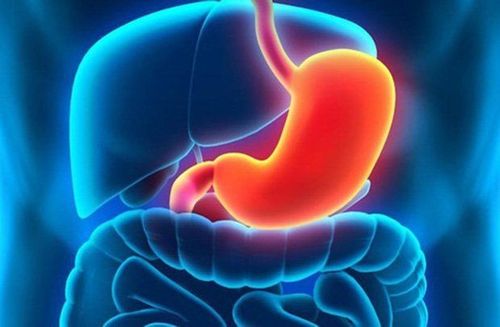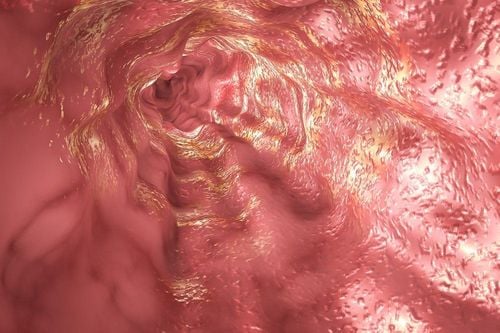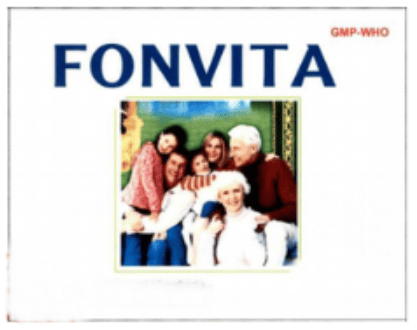This is an automatically translated article.
Posted by Master, Doctor Mai Vien Phuong - Gastrointestinal Endoscopy - Department of Medical Examination & Internal Medicine - Vinmec Central Park International HospitalEosinophils are one of the components of white blood cells produced in the bone marrow and are one of the cells that play a role in promoting inflammation, especially allergic inflammatory reactions. Accordingly, experimental treatment of PPI after diagnostic endoscopy is required before EoE is diagnosed, which is an ideal condition to be able to distinguish EoE from PPI - REE at baseline before this PPI testing.
Abbreviated terms:
EoE: Eosinophilic esophagitis: esinophilic esophagitis
GERD: Gastroesophageal reflux disease: Reflux esophagitis
IL: Interleukin: Interleukin factor
PPI: Proton pump inhibitor: Proton pump inhibitor Proton pump
PPI-REE: Proton pump inhibitor-responsive esophagal: Proton pump inhibitor-responsive esophagitis
Eosinophilia: eosinophils
VTQBCAT: eosinophilic esophagitis
1. Could GERD be caused by cytokine-mediated damage from the Th2 immune response?
Reflux esophagitis is thought to be caused by the erosive effect of refluxed gastric acid on esophageal epithelial cells. In 2009, an experimental study demonstrated that GERD induces esophagitis through a cytokine-mediated mechanism rather than direct epithelial damage. In this study, the authors observed that after regurgitation surgery, the first histologically detected inflammatory response was a lymphocytic infiltration of the submucosa that progressed to the superficial mucosa. Interestingly, mucosal erosions did not appear until 4 weeks postoperatively. These findings suggest that reflux esophagitis develops primarily as a traumatic immune-related disease rather than simply a lesion. corrosive chemicals. In this regard, a recent pilot study has shown that eotaxin-3 expression in GERD and EoE cell cultures is similar when stimulated with Th2 cytokines, raising the possibility that allergic patients are at risk. In patients with EoE, reflux-induced trauma may be redirected to an alternative inflammatory pathway (Th2 immune response) than is typical of erosive esophagitis (Th1 immune response). This would explain both the absence of features distinguishing from EoE and response to PPI therapy in PPIREE. However, more data are needed to fully appreciate this.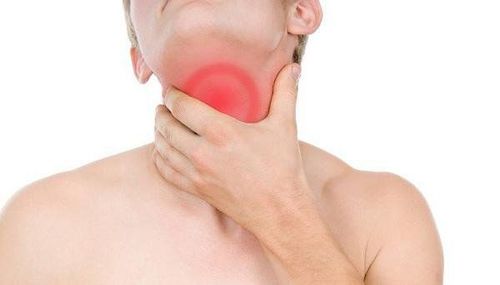
2. Effect of PPI therapy on eosinophilic esophagitis
Eotaxin-3 is a potent eosinophil chemotaxis that plays an important role in the transport of eosinophils to the esophagus in EoE. The expression of eotaxin-3 is stimulated by Th2 cytokines, such as IL-4, IL-5, and IL-13 (which are often overproduced in allergic diseases), whose effects are mediated by the transducer. signal transducers and transcriptional activators. Recent emerging translational research has demonstrated that PPIs can reduce eosinophil recruitment, independent of their acid-suppressing effects. In 2013, a pilot study demonstrated that omeprazole suppresses Th2 of cytokine-stimulated eotaxin-3 expression in esophageal squamous cell cultures from both GERD and EoE patients. The same group subsequently reported that inhibition of IL-4 and IL-13 stimulated eotaxin-3 expression in esophageal EoE cells mediated through the suppression of STAT6. When these experiments were conducted using esophageal epithelial cells cultured in vitro, PPIs observed an effect independent of their effect on gastric acid production. Overall, these later studies suggest that PPIs may have anti-inflammatory effects independent of their effect on acid secretion and cast doubt on the assumption that a positive response to PPI therapy necessarily establishes a diagnosis of GERD. . Supporting this direction of investigation, a recent study demonstrated for the first time in the laboratory that PPI therapy in PPI-REE significantly downregulates gene expression of the proximal and distal Th2 inflammatory markers. , similar to those observed in EoE patients after topical steroid administration. In addition, a recent study also showed the ability of PPI therapy for PPI-REE-associated quasi-reversible gene expression especially in relation to classical features of inflammatory allergy.Eotaxin-3 is a potent eosinophil chemotaxis that plays an important role in eosinophil transport to the esophagus in EoE. The expression of eotaxin-3 is stimulated by Th2 cytokines, such as IL-4, IL-5, and IL-13 (which are often overproduced in allergic diseases), whose effects are mediated by the transducer. signal transducers and transcriptional activators. Recent emerging translational research has demonstrated that PPIs can reduce eosinophil recruitment, independent of their acid-suppressing effects. In 2013, a pilot study demonstrated that omeprazole suppresses Th2 of cytokine-stimulated eotaxin-3 expression in esophageal squamous cell cultures from both GERD and EoE patients. The same group subsequently reported that inhibition of IL-4 and IL-13 stimulated eotaxin-3 expression in esophageal EoE cells mediated through the suppression of STAT6. When these experiments were conducted using esophageal epithelial cells cultured in vitro, PPIs observed an effect independent of their effect on gastric acid production. Overall, these later studies suggest that PPIs may have anti-inflammatory effects independent of their effect on acid secretion and cast doubt on the assumption that a positive response to PPI therapy necessarily establishes a diagnosis of GERD. . Supporting this direction of investigation, a recent study demonstrated for the first time in the laboratory that PPI therapy in PPI-REE significantly downregulates gene expression of the proximal and distal Th2 inflammatory markers. , similar to those observed in EoE patients after topical steroid administration. In addition, a recent study also showed the ability of PPI therapy for PPI-REE-associated quasi-reversible gene expression especially in relation to classical features of inflammatory allergy.
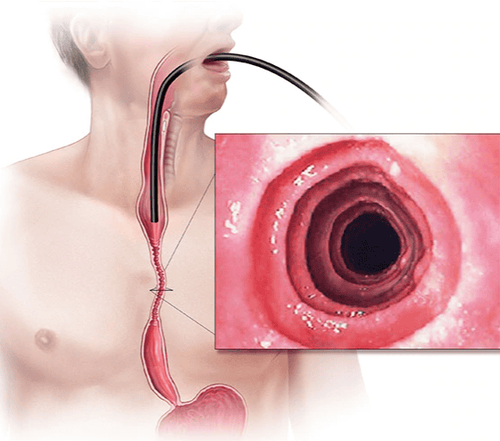
3. Switch from application to therapeutic PPI, there is a difference between EOE and PPI-REE
Currently, developing evidence, showing that EoE and PPI-REE are genetically and phenotypically indistinguishable, now the question is whether PPI-REE and EoE are two different diseases, as summarized in a recent paper. It may be counterintuitive to identify an EoE subtype by its responsiveness to PPI therapy and is more appropriate to define it by clinical and mechanical features, features that are emerging to increasingly resemble PPI therapy. with the classic EoE. For example, we have shown that we do not identify azathioprine-responsive Crohn's disease as a distinct entity from infliximab-responsive Crohn's disease. Similarly, it is looking to approach EoE as a disease, where PPI use is the first step in treatment and diet, steroids represent advanced therapy, especially when there is no major difference Pathophysiology between PPI-REE and EoE has not been found. Therefore, it is time to rename PPI-REE as PPI-responsive EoE may be near.4. Future testing in PPI-REE
A major current problem with PPI-REEs is that the authors do not understand why, among patients with identical genotypes and phenotypic expression, some patients respond to PPI's (patients with PPI-REE). but others do not (patients with EoE). Follow-up leads to other diseases, possibly with genomic differences or subtle variations in disease pathways that explain treatment response and prognosis. The authors suggested a potential interaction between potassium channels and proton pumps in the upper gastrointestinal epithelium to explain PPI-REE.Another important unresolved issue is determining whether PPI-REE and EoE also have similar natural histories and long-term management. EoE has been shown to be a chronic disease with persistent symptoms and inflammation for many years. Furthermore, prolonged eosinophilic inflammation may increase the risk of fibrous esophageal disease with subsequent tight formation.
Recent research has uniquely shown how prevalence of esophageal stricture correlates with duration of untreated disease. Eosinophils, eotaxin-3 and Th2 cytokines (IL-5 and IL-13) have been shown to be required for esophageal tissue remodeling in EoE. In addition, topical corticosteroids and dietary interventions do not reduce inflammation but may prevent and even reverse this fiber remodeling in the long term. In this study, eosinophil-associated inflammatory markers in PPI-REE were indistinguishable from EoE at baseline and PPI therapy was shown to significantly reduce gene expression of EoE. Th2 inflammatory mediator in PPI-REE. Therefore, there is concern that PPI-REE and EoE may share the same risk of myelofibrosis complications if left untreated and it is hoped that PPI therapy may influence this natural history in PPI-REE.
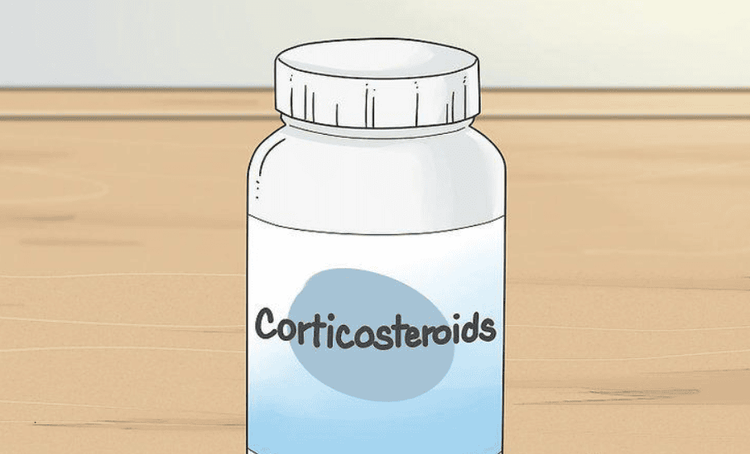
Please dial HOTLINE for more information or register for an appointment HERE. Download MyVinmec app to make appointments faster and to manage your bookings easily.
ReferencesJavier Molina-Infante,David A. Katzka and Evan S. Dellon. Proton pump inhibitor-responsive esophageal eosinophilia: A historical perspective on a novel and evolving entity. Rev esp enfeRm dig(Madrid Vol. 107, No 1, pp. 29-36, 2015






